If you’re wanting to learn how to day trade, there are a few things that you need to keep in mind before you jump into it.
Luckily for you, we’ve written this article to help you out.
Introduction to day trading
Day trading is the process of buying and selling stocks or other securities on a day-to-day basis. In order to be a day trader, you must have a minimum equity of $25,000 in your trading account in order to be approved to start trading. This is an SEC requirement.
Margin trading is when traders use borrowed funds from a broker to trade. This is done through the use of a margin account. Margin accounts allow traders to trade with leverage, which can increase profits but also losses.
A pattern day trader is someone who day trades for a living and is licensed to trade. In order to be considered a pattern day trader, you must meet certain requirements set by the SEC.
Day trading can be a risky business, but if done correctly it can be very profitable. It is important to do your research and understand the market before you start trading. 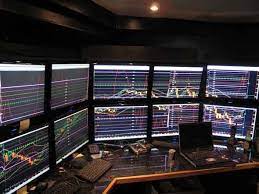
What is a day trader?
A day trader is someone who both opens and closes positions in the same trading day instead of holding them overnight or for longer periods of time. A day trader pays more attention to technical charts of what the stock price is doing right now and how the price has behaved historically given certain conditions.
Day traders use a variety of strategies to make money in the stock market. Some common strategies include scalping, momentum trading, and news trading.
What do day traders do?
Day traders trade in the markets and make money by buying and selling stocks, commodities, and other securities. They must maintain a minimum equity of $25,000 in their margin account on any day that the customer day trades.
What are the benefits of day trading?
Day trading can be a way to make money. If you are good at it, you can make a lot of money in a short amount of time.
Day trading can be risky, but with the right strategy it can be successful. If you don’t have a plan or if you’re not disciplined, you can lose money quickly.
Day trading can be addictive if it is coupled with a gambling mentality. If you’re not careful, you can get caught up in the excitement and trade more than you should.
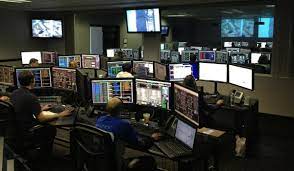 What are the risks of day trading?
What are the risks of day trading?
There are several risks associated with day trading, including:
1) Financial loss
This one’s pretty obvious so let’s start with this one and get it over with. Even expert money managers have trouble beating the stock market, despite how simple and glamorous day traders’ lives may seem. In reality, professional large-cap mutual fund managers under-performed the market by 60% in 2020, the 11th consecutive year they failed to outperform it. The Social Science Research Network reports that a survey of Brazilian day traders revealed that 97 percent of those who traded for more than 300 days lost money, while only 1.1 percent really made money. These numbers undoubtedly apply to the American market as well. The main fact is that day trading may be quite risky for traders, especially those who are just starting out.
2) Missing Out On Potential Gains
Individual stock price fluctuations over the short term can be astonishing, but they are typically unanticipated. The stock market’s long-term moves, however, are anything but erratic. Given the volatility of the stock market, it might surprise you to learn that the S&P 500 stock market has never seen a 20-year rolling loss. Day traders have little chance of capturing the long-term positive tilt of the stock market when they trade equities quickly in and out. Although significant gains can be earned in a single day, the stock market’s risk/reward ratio favors long-term investors.
3) High taxes
Just turning a profit on their numerous deals is a difficult enough task for day traders. But even if you have the skill or fortune to execute successful day trades, you still need to consider the impact of taxes on your overall profitability. Any earnings you make as a short-term trader will be taxed as short-term capital gains, which means you will pay your regular income tax rate on those profits. Your combined federal and state tax rates might reach at least 45% if you are in a high tax bracket. On the other hand, long-term capital gains taxes might be as low as 0% depending on your tax rate. This greatly reduces the tax burden of retaining your investments for a longer period of time. 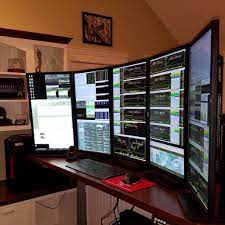
4) Expensive Transactions
Thanks to the increase in $0-commission brokers in recent years, this cost has decreased dramatically. But frequent trading can still result in significant transaction costs. Of course, fees and trading charges for brokers without a $0 commission structure will soon eat away at whatever earnings you make. With typical commission systems, the majority of large organizations are still able to charge a lot on each trade. However, trades might result in SEC and FINRA transaction fees even with cheap brokers. These costs are, however, extremely minimal—just a few hundredths of a cent for each sale. But for traders that are active, these can still add up. Make sure to thoroughly complete your research to determine the total cost of your trading before you start because certain companies may charge day traders exorbitant trading fees.
5) A lack of a focused strategy
To increase their profitability, big trading organizations use sophisticated computer algorithms and stringent investing guidelines. However, the majority of day traders who work from home merely purchase and sell equities they like. While it may be effective in the short run, a day trader should not rely on this as a long-term plan. You must apply buy and sell tactics and stick to them if you want to increase your chances of making money day trading. Day traders risk losing money if they don’t establish rules for knowing when to buy and sell stocks.
6) Constant Pressure & Stress
When spending real money, what could have been an enjoyable exercise with play money might become downright worrisome. The stress level might be devastating if you’re day trading with retirement funds or money set aside for a down payment on a home. The stress level only rises as a result of having to make these kinds of trades over and over – each and every day. If you have a couple losing trades in a row, you’ll find yourself pretty stressed out. Before you start day trading, you’ll need to be able to manage this added stress if you plan to make it a regular activity.
7) Trading Restrictions
The majority of significant brokerages forbid “pattern day trading.” This refers to someone who demonstrates the traits of regular day trading is known as a pattern day trader. Pattern day trading limits may be put into place even at the online trading platform Robinhood, one of the forerunners of $0-commission trading and a haven for day traders. Make sure you are aware of any potential restrictions placed by your company before starting a day trading job.
 8) A Huge Dependence on Technology
8) A Huge Dependence on Technology
When you work as a day trader, you must rely on technology constantly. A winning transaction might quickly become a loser while you’re scrambling to connect, or if your computer is sluggish. If you have a power outage or an internet network connection problem, you’ll probably end up losing your mind. Even if your home technology setup is faultless, your broker’s website have issues that end up preventing you from placing your trades. In March 2020, during the stock market instability brought on by the pandemic, online broker Robinhood had one of these outages. A Robinhood outage on March 2 of that year prevented traders from taking part in the largest point increase in a single day in Dow Jones Industrial Average in history. For day traders, it’s disastrous to miss major days like that on the upside or be unable to close out positions while the market is falling.
9) Thinking You Know More Than You Really Do
On Wall Street, there is an idiom that describes some traders as “knowing just enough to be dangerous.” This implies that while some traders have mastered the art of placing trades and discovering hot stocks, they lack a thorough understanding of how the market functions as a whole or a sound investing plan. The majority of novice day traders probably fall under this category. More and more genuine amateurs are entering the market as day trading becomes cheaper and simpler than ever. Those who know just enough to get started will quickly find themselves in perilous waters since the financial industry is one that can destroy even skilled traders with decades of experience. The “pain trade,” which refers to the market’s propensity to move in ways that would bring the most suffering to the most number of people conceivable, is something that investors in this camp would be advised to examine.
How to start day trading
The first step to day trading is to open a brokerage account and transfer money into it. You will need to have at least $25,000 in your account to day trade.
The next step is to have a written trading plan. This plan should include what you will trade, when you will trade it, and how much you are willing to risk. Review your plan every morning before you start trading.
Once you have a plan, stick to it. Do not let emotions get in the way of following your plan.
At the end of the day, review your trades. See what worked and what didn’t work. This will help you improve your trading plan for the future.
What do you need to start day trading?
You need at least $25,000 to start day trading stocks. You also need to be a beginner if you want to day trade stocks. There are a wide variety of futures available to trade.
What is the best day trading strategy for beginners?
The best day trading strategy for beginners is to use a mobile app that doesn’t charge commissions. This will allow you to get started without having to worry about fees eating into your profits.
The best day trading strategy for beginners is to use an app that offers advanced charting and tools for research and analysis. This will help you make informed decisions about which assets to buy and sell.
The best day trading strategy for beginners is to set price alerts for different assets. This way you can be notified when a good buying or selling opportunity arises.
How to choose a day trading broker
Ultimately, the best broker for day trading will depend on your individual trading needs and preferences. Some things to consider when choosing a broker include account minimums, commission rates, the availability of research and educational materials, and customer service. You’ll want to consider trade execution, commissions, and charting platforms if they have them.
How to open a day trading account
You can open a day trading account with as little as $1,000. This is a good option for beginners who want to get started with day trading but don’t have a lot of capital to invest.
But as mentioned before, if you want to day trade stocks, it requires at least $25,000. This is a more capital-intensive option and is only recommended for experienced investors.
What is the day trading margin requirements?
As we’ve already mentioned, the minimum equity requirement for a client of a broker-dealer who is designated as a pattern day trader is $25,000. The term “pattern day trader” includes any customer who executes four or more “day trades” within five business days, provided that the number of day trades represents more than six percent of the customer’s total trades in the margin account for that same five business day period.
The margin requirements are calculated based on a customer’s securities positions at the end of the trading day. Most margin requirements are calculated based on a customer’s securities positions at the end of the trading day.
What are the different types of orders?
There are two types of orders: buy and sell orders.
Buy orders are orders to purchase a security at a set price. For example, you might place a buy order for shares of XYZ stock at $10 per share. If the stock is trading at $10 per share or lower when the order is placed, it will be filled.
Sell orders are orders to sell a security at a set price. For example, you might place a sell order for shares of XYZ stock at $12 per share. If the stock is trading at $12 per share or higher when the order is placed, it will be filled.
Orders can be placed with either limit or market orders.
Limit orders allow you to buy or sell a security at a set price, but the order will not be filled if it is not executed immediately. For example, you might place a limit buy order for shares of XYZ stock at $10 per share with the stipulation that it only gets filled if the stock trades at that price or lower. Limit orders give you more control over your trade execution, but there is no guarantee that your trade will be filled.
Market orders allow you to buy or sell a security at the current market price. For example, you might place a market buy order for shares of XYZ stock. If the stock is trading at $10 per share, your order will be filled at that price. Market orders are executed immediately, but you have less control over the price you pay or receive.
What are the different markets for day trading?
Day trading can be done in the stock market, forex market, and digital currency markets.
Each market has its own set of rules, hours, and days that it trades on.
Day traders have access to multiple markets and ways to speculate on price movements. In the stock market, day traders may buy and sell stocks using a variety of strategies including momentum trading, scalping, news playing, and trend following.
What are the different time frames for day trading?
Day trading can be done on a very small time frame such as ticks or hours. This is known as intraday trading, but in order for it to be a true day trade, a trade must be both opened and closed on the same trading day.
Trading can also be done using a longer time frame such as weeks or months. This is known as swing trading.
What are the different day trading styles?
There are many different day trading styles that you can try. Some popular day trading styles include:
- Scalping: A scalping strategy is one where you make multiple small profits throughout the day by buying and selling shares quickly.
- Momentum Trading: A momentum trading strategy is one where you buy shares of a stock that is moving up in price, and sell them when the price starts to fall.
- News Trading: A news trading strategy is one where you trade based on economic news releases.
Remember: taking the time to learn & get a proper trading education is critical when you’re trying to learn day trading, so take your time and make sure you know the basics and are comfortable before you start trading with real money.
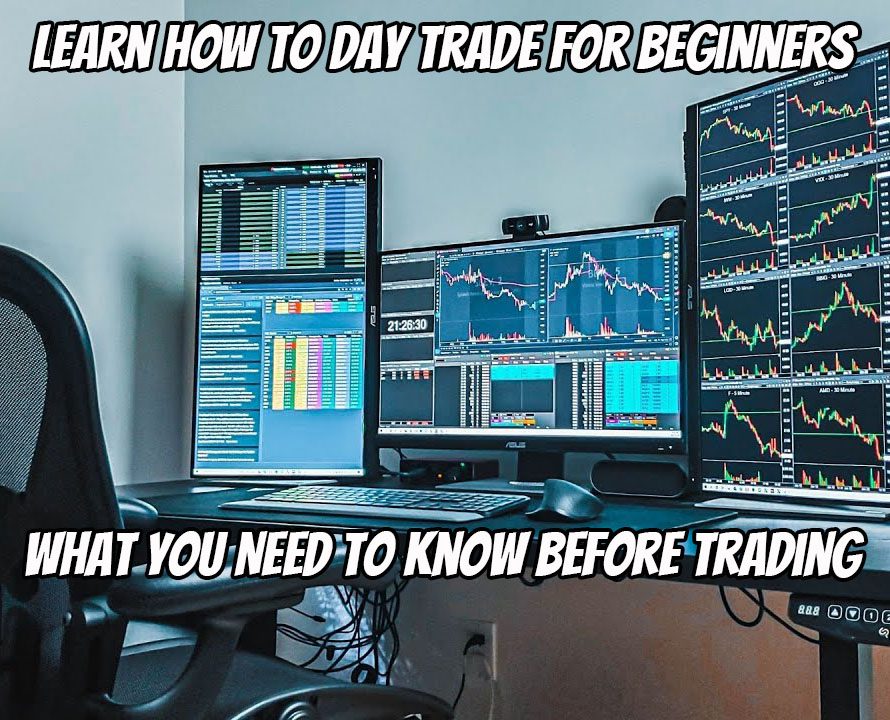
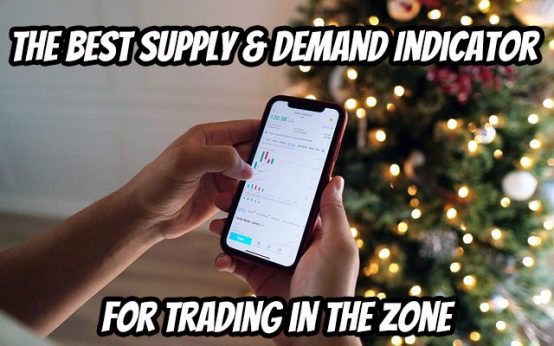 The Best Supply and Demand Indicator for Trading in the Zone
The Best Supply and Demand Indicator for Trading in the Zone 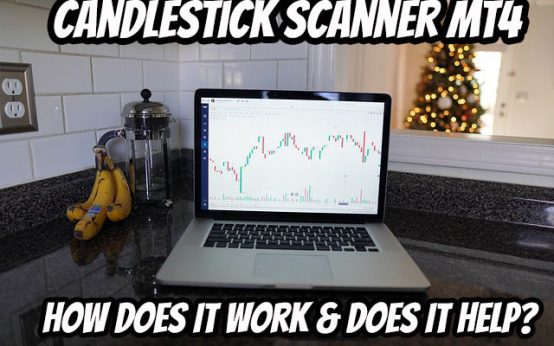 Candlestick Scanner MT4: How Does It Work & Does It Help?
Candlestick Scanner MT4: How Does It Work & Does It Help? 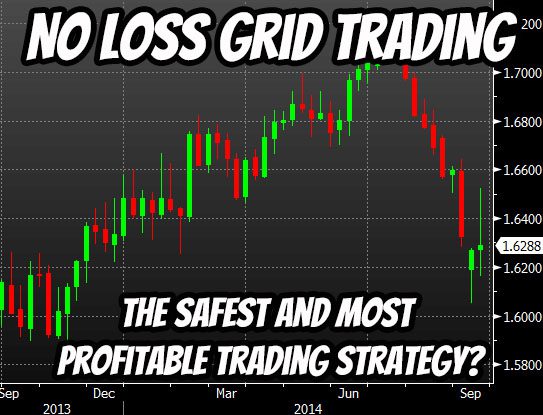 No Loss Grid Trading – The Safest and Most Profitable Trading Strategy?
No Loss Grid Trading – The Safest and Most Profitable Trading Strategy? 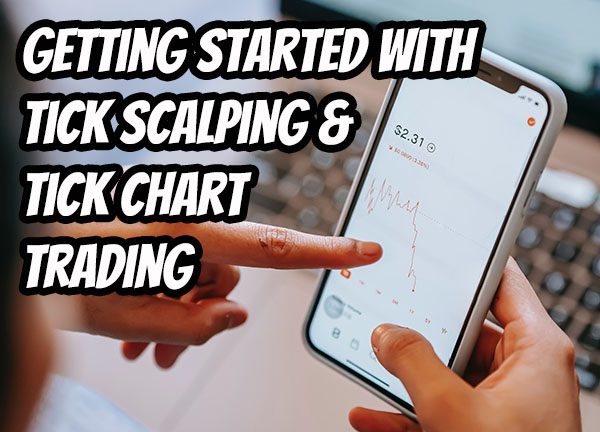 Getting Started With Tick Scalping & Tick Chart Trading
Getting Started With Tick Scalping & Tick Chart Trading  Weekly Options Trading Signals: A Great Way to Make Money Or a Great Way to Go Broke?
Weekly Options Trading Signals: A Great Way to Make Money Or a Great Way to Go Broke?  Base Camp Trading Review: Find Out If This Service Is A Scam Or Legit
Base Camp Trading Review: Find Out If This Service Is A Scam Or Legit